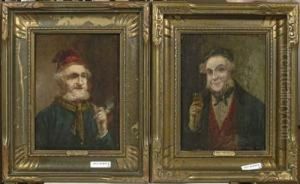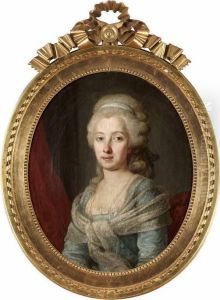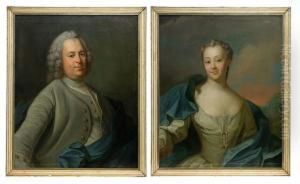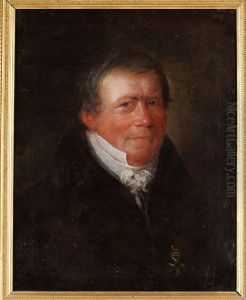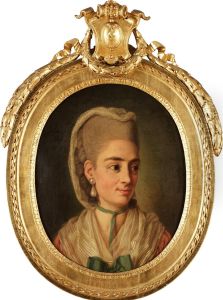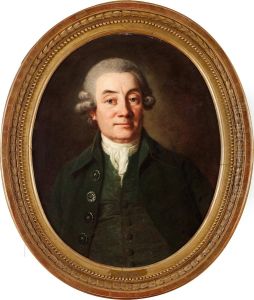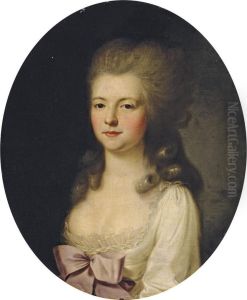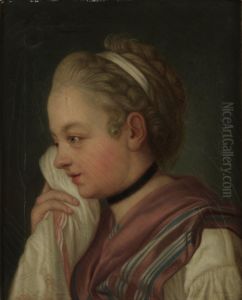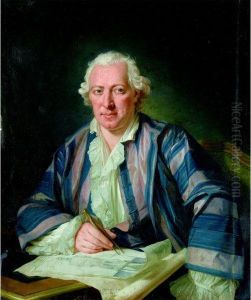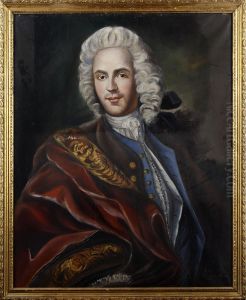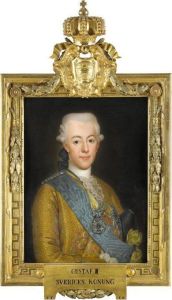Per I Krafft Paintings
Per Krafft the Elder was a notable Swedish portrait painter born in 1724, in Arboga, Sweden. Coming from a modest background, Krafft displayed an early talent for art, leading him to pursue an education in painting. His initial studies took place in Sweden, but his ambition and quest for artistic development soon led him abroad to further his education and refine his skills.
Krafft's journey took him to several key European art centers, including Paris and Vienna, where he was heavily influenced by the prevailing Baroque and Rococo styles. These experiences were pivotal in shaping his artistic direction. In Paris, he was particularly influenced by the works of French portraitists, which is evident in his adept use of light and shadow as well as the psychological depth he brought to his portraits.
Upon returning to Sweden, Krafft quickly established himself as a leading portrait painter. His reputation soared, not only because of his refined technique and the lifelike quality of his portraits but also because of his ability to capture the personality and essence of his subjects. His clientele included Swedish and European nobility, and he became the preferred portraitist for many influential figures of his time.
Krafft's contribution to Swedish art was significant. He was involved in the development of the Royal Swedish Academy of Arts and played a key role in promoting art and artists in Sweden. His works are characterized by their elegance, detailed execution, and the emotional depth they convey. Krafft's portraits are not just mere representations; they are a window into the character and soul of the individuals he painted.
Per Krafft the Elder's legacy extends beyond his portraits. He was a mentor to many young artists, including his son, Per Krafft the Younger, who also became a prominent portrait painter. Through his works, teachings, and influence on the Swedish art scene, Krafft left an indelible mark on the 18th-century European art world. He passed away in 1793, leaving behind a rich collection of artworks that continue to be celebrated for their artistic merit and historical significance.
